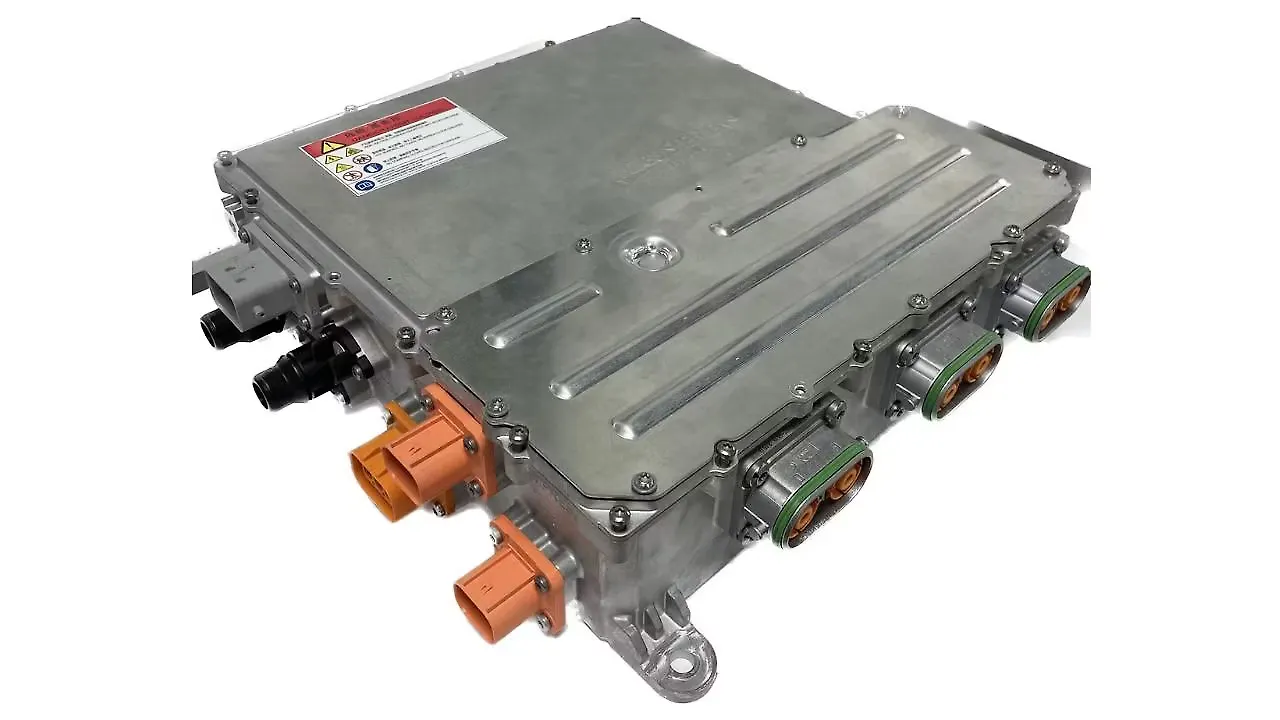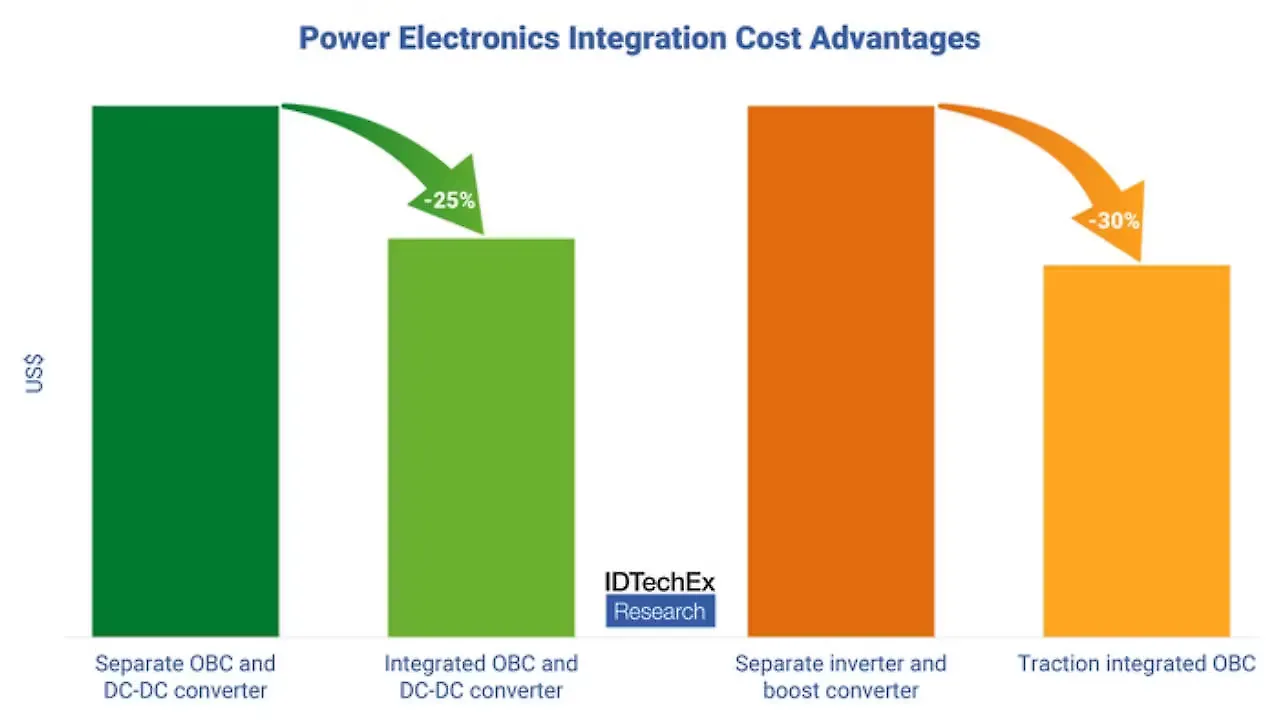
Efficiency stands at the forefront of electric vehicle (EV) development, particularly in the realm of power electronics. A growing trend in this sector is the integration of multiple functions into a single package, a strategy that offers significant benefits for automotive Original Equipment Manufacturers (OEMs). By merging various power electronic components, manufacturers can achieve reductions in overall weight, enhancing vehicle efficiency while also cutting production costs, John Li, Technology Analyst at IDTechEx, stated.
Key Functions
Power electronics in EVs are vital for several core functions, including the traction inverter, which converts current from the high-voltage battery to the three-phase alternating current (AC) needed to drive the electric motor, the onboard charger, which converts AC electricity from the grid to direct current (DC) to charge the high-voltage battery, and the DC-DC converter, which steps down high-voltage DC to standard levels (currently 12V and sometimes 48V) for auxiliary functions such as infotainment, sensors, lighting, and steer-by-wire systems.
Trends & Benefits
With the maturation of EV supply and manufacturing chains, automotive OEMs and Tier-one suppliers are increasingly integrating power electronics to reduce costs and weight without compromising performance. According to IDTechEx's report 'Power Electronics for Electric Vehicles 2025-2035: Technologies, Markets, and Forecasts,' combining multiple power electronic functions into one mechanical housing is a key strategy.
Integrated Inverters
According to Li, one of the initial steps in integrating power electronics is combining two inverters in one housing. This approach is particularly relevant for vehicles with dual, tri, or quad motor configurations, common in the US market. For instance, the Rivian R1T uses two inverters that share a housing, control board, and capacitor bank. Conversely, Tesla opts for single inverter housings, capitalising on the modularity of its renowned inverter design.
Integrated Onboard Charger, DC-DC Converters
Another prevalent solution is integrating the onboard charger and DC-DC converter. Leading suppliers such as Bosch, Vitesco, and Eaton, along with BYD’s 8-in-1 powertrain, offer such integrated solutions. IDTechEx estimates that this integration could lead to cost savings of up to 25% compared to separate units. Savings arise from shared mechanical housing, passive elements like capacitors, reduced copper content in wiring, control circuits, and cooling systems. Although the weight reduction may only marginally increase vehicle range with current integration methods, further mechatronic integration could drive costs down over the next decade.

Traction-Integrated Onboard Chargers
A significant driver for adopting 800V architectures in EVs is the need for faster and more efficient charging. While 400V vehicles can charge at a maximum power of 250kW, 800V vehicles can exceed 350kW. However, to fully utilise this capacity, charging stations must also support 800V. Some vehicles, such as the Hyundai IONIQ 5 and 6 and the Kia EV9, incorporate an additional DC-DC converter to step up voltage from 400V to 800V, although this adds cost and weight.
An innovative solution is the traction-integrated onboard charger, which adds boost converter functionality to the inverter unit. This system uses motor windings as filter inductance and power switches to step up the voltage. The advantage is that the inverter and boost converter do not operate simultaneously, thus optimising space and functionality. This integration results in faster charging, with vehicles like the Hyundai IONIQ 5 achieving a 33% increase in charging power on an 800V DC charger compared to a 400V charger, he noted.
Challenges, Future Prospects
Despite the benefits, integrating power electronics presents challenges such as thermal management, electromagnetic interference (EMI), and galvanic isolation. Additionally, OEMs must consider the installation of larger integrated units, which may require internal restructuring of the vehicle, particularly for front-wheel drive configurations.
Nonetheless, the advantages of weight, volume, and cost reductions make integrated power electronics an attractive solution for automotive OEMs. IDTechEx reports an increasing adoption of integrated power electronics and a broader product offering from Tier-one suppliers. This trend is set to continue, with integrated units combining inverters, onboard chargers, and DC-DC converters expected to become mainstream by 2025.
The integration of power electronics is a key trend driving the efficiency and innovation of electric vehicles. As technology advances, automotive OEMs are likely to continue adopting integrated solutions, enhancing vehicle performance and reducing costs. This evolution not only supports the growing consumer demand for connected, safe, and efficient vehicles but also propels the automotive industry towards a dynamic and prosperous future.
NB: Photo is representational; courtesy: Valeo India.
Also Read: